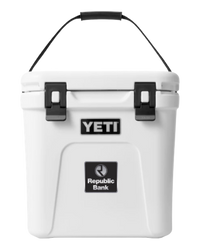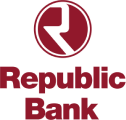Saving money and paying off your outstanding debts are both important for overall financial health, but oftentimes people find it difficult to decide to pay off debt or save money and which is more important and when to prioritize each. Debt can be a stressor, especially when it feels like it hinders your ability to save. Fortunately, there are plenty of ways to pay off debt and focus on savings simultaneously.
Evaluate your Situation
While paying off debt and saving money can be a delicate balancing act, the first step is determining the gain versus loss ratio based on your current financial situation. For example, having an emergency fund is a good place to start. While you may want to pay off as much debt as you can as quickly as possible, having an emergency fund for unexpected circumstances can help avoid situations that will significantly impact your financial plan. In a crisis, you may need to rely even more on loans or high-interest credit cards to cover costs, which will only add to your outstanding debt.
A great way to put together an emergency fund is to open a high-interest savings account which helps your money grow faster while you pay off debts in the meantime. The recommended amount of savings for emergencies is six months’ worth of expenses, but even if you can’t save to that level, putting away some money is better than nothing.
It’s also important to consider your loan or credit card APRs in comparison to your interest earnings from savings. If you have incredibly high APRs on your credit card debt, that interest will be much more in payments than you’ll likely be earning from your savings the longer you wait to repay.
Find the Right Debt Repayment for You
A good rule of thumb is to try to make at least the minimum payment on loans and credit card debt, and if you can, you should try to make payments beyond the minimum amount as much as possible.
If you are dealing primarily with loans such as student loans, you may be able to qualify for loan forgiveness, forbearance, or deferment, which are periods of nonpayment for designated reasons such as financial hardship. If your main debt comes from a credit card (or multiple), these are likely to have higher interest rates. In some cases, it may be better to pay off high-interest rates first, but in other cases, it may work more smoothly to start with smaller debts.
There are two common forms of debt repayment, which are referred to as the “snowball” method and the “avalanche” method.
- The snowball method — This is defined as paying off your smallest debts first and working up to the most expensive. The biggest benefit of this method is taking the emotional burden of debt off your shoulders one step at a time. The larger debts can seem more overwhelming, so checking off some of your smaller debts can help lessen the stress.
- The avalanche method — This method focuses on paying off your debts based on the interest rate amount rather than the outstanding balance. It suggests that you pay off your highest interest rate debts first and pay minimum monthly amounts on the rest of your loans. This can be helpful if you have one or several high-interest credit card debts.
Ask for Help!
At Republic Bank, we not only help customers secure loans, but we help them manage their money effectively to both save as well as pay off their debt in order to feel as financially confident as possible. If you’re feeling overwhelmed or just simply need a nudge in the right direction, give our expert bankers a call at 800-526-9127, and be sure to check out our library of resources for more helpful tips!







